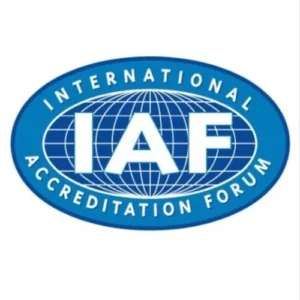Achieve Global Standards with ISO Certification
NOICE Academy Private Limited, under the brand name Quality HUB India (QHI) provides National Accreditation Board for Certification Bodies (NABCB), IAF-accredited comprehensive Management System Certification services, helping organizations enhance quality, environmental responsibility, and workplace safety. We specialize in guiding businesses through the certification process for ISO 9001:2015 (Quality Management System), ISO 14001:2015 (Environmental Management System), and ISO 45001:2018 (Occupational Health & Safety Management System) to ensure compliance, efficiency, and sustainable growth.


Our ISO Certification Services
ISO 9001:2015 – Quality Management System (QMS)
ISO 9001:2015 is the global standard for quality management, focusing on customer satisfaction, continuous improvement, and process efficiency. Certification helps organizations:
✔ Improve product and service quality
✔ Enhance operational efficiency
✔ Increase customer confidence and market competitiveness
ISO 14001:2015 – Environmental Management System (EMS)
ISO 14001:2015 enables organizations to adopt environmentally responsible practices, reducing their ecological footprint while ensuring compliance with environmental regulations. Benefits include:
✔ Improved resource efficiency and waste reduction
✔ Compliance with legal and regulatory requirements
✔ Enhanced corporate reputation and sustainability
ISO 45001:2018 – Occupational Health & Safety Management System (OH&SMS)
ISO 45001:2018 focuses on workplace safety and employee well-being. It helps organizations create a safer work environment, reducing risks and preventing workplace incidents. Key benefits:
✔ Reduction in workplace hazards and accidents
✔ Legal and regulatory compliance
✔ Improved employee morale and productivity
Sample Certificate
